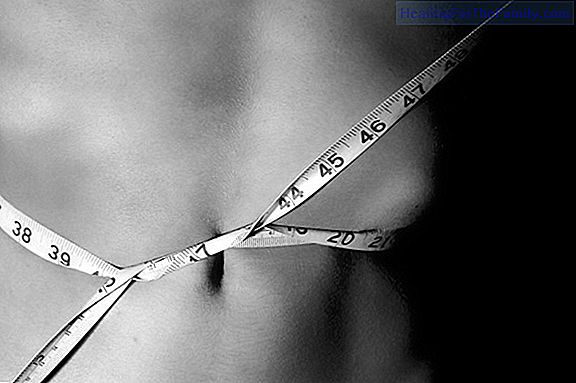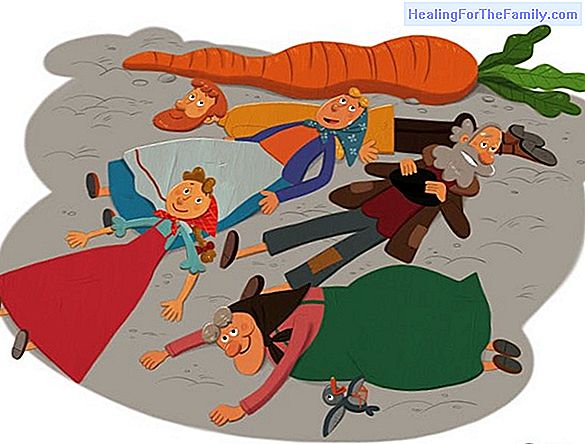When the baby does not grow enough in pregnancy
Due to delayed intrauterine growth or CIR, we understand the alteration in the growth of the fetus during pregnancy. This pathology has multiple causes, although the etiology is unknown in almost 40% of cases. The consequences of CIR are very varied, and a wide range of them are contemplated and ran
Due to delayed intrauterine growth or CIR, we understand the alteration in the growth of the fetus during pregnancy. This pathology has multiple causes, although the etiology is unknown in almost 40% of cases.
The consequences of CIR are very varied, and a wide range of them are contemplated and range from an anecdotal discovery without subsequent consequences to learning delay, mental retardation, neurological or behavioral alterations, among others.
Intrauterine growth types Retarded in the fetus

Within the 'CIR pathology' we can distinguish two large groups:
1. CIR type I or symmetric:
- It represents 20% of the cases diagnosed with CIR (the least frequent),
- Your diagnosis is early (before week 28 of pregnancy).
- Frequent causes: genetic, drugs, infections, exposure to teratogens.
- Alterations in the fetus: Microcephaly, decreased size of brain and liver.
2. CIR type II or asymmetric:
- It represents 80% of the cases diagnosed with CIR (the most frequent).
- Your diagnosis is late (after week 28).
- Common causes: placental insufficiency.
- Alterations in the fetus: normal brain, liver decreased.
How to treat babies with delayed intrauterine growth
Babies that have been diagnosed with CIUR in the fetal period, are children who deserve a more comprehensive monitoring than the other babies, in order to detect possible deviations from normality in the first years of life.
The pediatrician and the primary care nurse will assess the babies both in the follow-up consultations of the 'healthy child' and in the extraordinary consultations that the health professional considers pertinent. They will pay special attention to the psychomotor development of the baby, without alarming the parents, since we will take into account that development is a continuous process that goes from conception to maturity.
How to detect the consequences of CIR in children
We can talk about some possible warning signs, which are a deviation from the normal pattern of development, without necessarily implying a neurological alteration, but it is advisable to pay much more attention: - Delay in the acquisitions.- Stagnation or regression in the skills acquired.
- Persistence of conducts characteristic of previous stages.
- Presence of abnormal physical signs: macro / microcephaly, osteotendinous areflexia (no presence of normal reflexes), evident physical alterations in the face or body.
- Postural asymmetry or motor function.
- Unsatisfactory quality of the answers.
- Atypical forms of development.
It is known that an early diagnosis allows early intervention, which will lead to an improvement in the quality of life of the affected babies, and a decrease in the alterations in the future.












